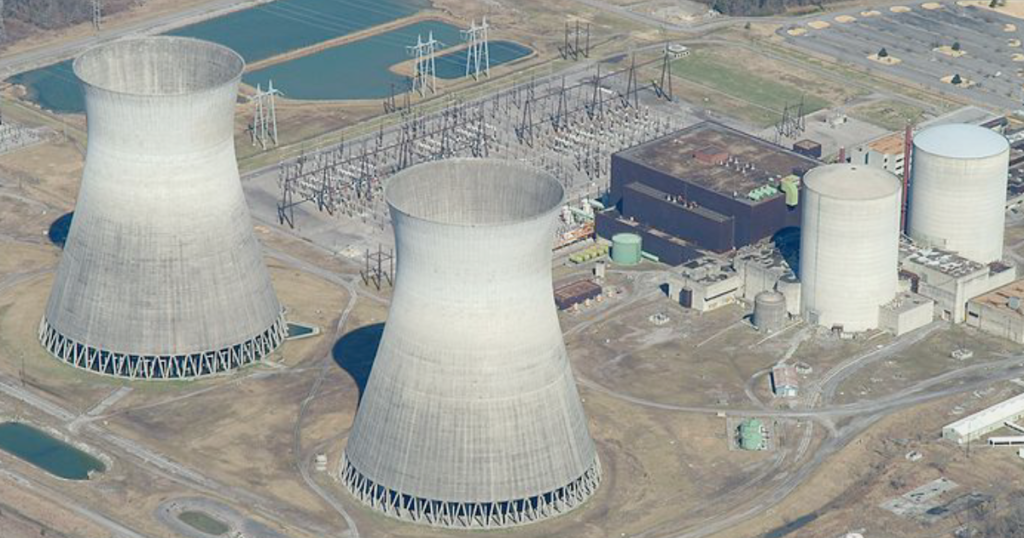Introduction
Nuclear power has long been hailed as a solution to the world’s growing energy demands, offering a high-output and low-carbon alternative to fossil fuels. However, not all nuclear power plants reach completion or operate for their intended lifespan. Due to political, financial, and safety concerns, numerous projects have been abandoned—sometimes after billions of dollars had already been spent. These unfinished or decommissioned reactors now stand as costly relics of ambitious but unrealized energy dreams. This article explores some of the most infamous abandoned nuclear power plants and the reasons behind their failures.
The Marble Hill Nuclear Power Plant (USA)
Located in Indiana, the Marble Hill project was one of the most expensive nuclear power failures in American history.
Why It Was Abandoned:
- Construction costs skyrocketed beyond initial estimates.
- Public opposition grew due to safety concerns and environmental impact.
- Financial troubles forced the utility company to cancel the project after investing over $2.5 billion.
- The partially completed plant was later dismantled and sold for scrap.

The Superphénix Reactor (France)
Superphénix was designed as an advanced fast breeder reactor that could generate more fuel than it consumed, a revolutionary concept in nuclear energy.
Why It Was Shut Down:
- Technical problems plagued the reactor, leading to frequent shutdowns.
- Political opposition and public protests increased pressure on the government.
- In 1997, France officially decommissioned the plant after investing over $10 billion.
- Today, the site is being repurposed for renewable energy research.
The Bellefonte Nuclear Plant (USA)
The Bellefonte Nuclear Plant in Alabama was meant to provide power to millions but never generated a single watt of electricity.
Why It Was Never Completed:
- Construction began in the 1970s but was repeatedly delayed due to regulatory changes and budget constraints.
- By the time partial construction was completed, energy demand projections had shifted.
- The project was officially abandoned in the 2000s, despite an estimated $6 billion spent.
- Attempts to sell the plant to private investors have been unsuccessful.
The Zwentendorf Nuclear Power Plant (Austria)
Zwentendorf is unique in that it was fully built and operational but never actually powered on.
Why It Was Never Used:
- A national referendum in 1978 resulted in Austria banning nuclear power.
- The fully constructed plant was left idle despite an investment of around $1 billion.
- It has since been repurposed as a training facility and solar energy farm.
The Shoreham Nuclear Power Plant (USA)
Located in New York, the Shoreham plant was completed at a cost of $6 billion but never went into commercial operation.
Why It Was Decommissioned:
- Public and political opposition intensified after the Three Mile Island accident.
- New York authorities refused to approve emergency evacuation plans.
- The government eventually bought the plant and decommissioned it in the early 1990s.
- It was later converted into a natural gas power facility.
The Kalkar Reactor (Germany)
The Kalkar fast breeder reactor was an ambitious German nuclear project that never produced energy.
Why It Was Abandoned:
- Safety concerns and anti-nuclear protests pressured the government to halt the project.
- By the time construction was completed, public opinion had strongly shifted against nuclear energy.
- The project was scrapped after an estimated $4 billion investment.
- The site was eventually converted into an amusement park.
The Wylfa Newydd Project (UK)
Intended to be a major new nuclear facility in Wales, the Wylfa Newydd project was canceled before construction could begin.
Why It Was Never Built:
- The developer, Hitachi, withdrew due to financial concerns and lack of government support.
- Cost projections made the project financially unviable.
- It was officially abandoned in 2021 after years of planning and negotiations.
Conclusion
Abandoned nuclear power plants serve as cautionary tales of mismanagement, changing public sentiment, and the high financial stakes of energy infrastructure. While some of these sites have been repurposed, others remain as eerie monuments to unrealized potential. The lessons from these projects highlight the need for careful planning, financial oversight, and public engagement in future energy developments. As the world transitions to new energy sources, these abandoned plants remind us of the complex interplay between technology, politics, and economics in shaping our energy future.


